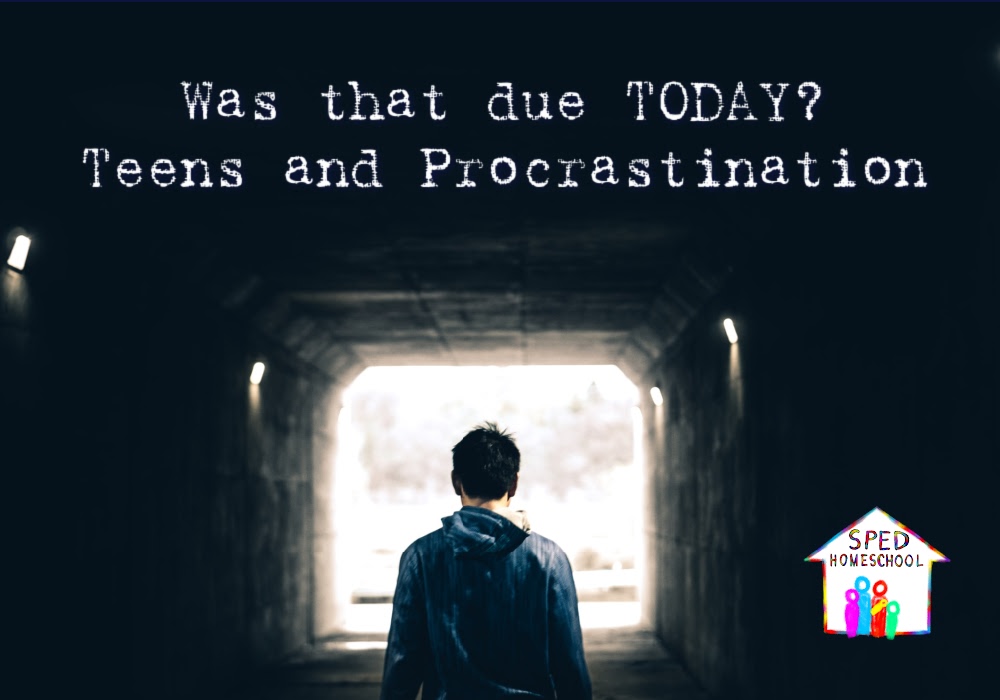
by Wendy Dawson, SPED Homeschool Partner Social Motion Skills/Incuentro
“Confabulation.” A big word with big ramifications. When I first read about confabulation, I found it interesting because it relates strongly to my experience working with individuals with autism and special needs. The very concept is incredibly intriguing yet worrisome until you understand it.
So what is confabulation? According to Verywellmind.com, confabulation is a type of memory error in which gaps in a person’s memory are filled unconsciously with fabricated, misinterpreted, or distorted information. When someone confabulates a memory or a piece of information, we aren’t receiving the whole truth. This is troubling if we ask our child to recount an event that happened at school or work because it might not be the complete story but rather only a partial interpretation of what really happened. They may even tend to recall only the last thing they heard about an incident rather than what transpired. The problem is a piece of the truth is not the whole truth.
As parents and educators, we need to understand confabulation is a real phenomenon and the importance of not jumping to conclusions in situations. Our children will likely tell us the truth, but it may unintentionally only be a partial truth. According to an infographic in Verywellmind.com, symptoms of confabulation are:
- A lack of awareness that a memory is false or distorted
- No motivation for deceit or to lie
- Misremembered information based on actual memories
- Stories can range from plausible to completely unrealistic
Now that you know what confabulation is, it’s important to remain aware in situations where knowing the whole truth is paramount. When your child comes home from school and tells you a story about a fight in the cafeteria, you might consider getting different perspectives from others who were present. Your young adult child tells you about a harassment incident at work. It might be prudent to contact the supervisor on duty, not because you don’t believe your child, but rather to get the full scope of the situation.
Some simple steps that you can take to help your child more accurately recount an experience are as follows:
- Give them time to process. Let them think about a situation before you ask questions.
- If they are able, have them write down the details as soon as possible rather than recount them verbally.
- Ask specific leading questions about a situation. Re-orient them to the situation and help them think through exactly what happened.
Your child should always feel confident in sharing information with you and knowing that you take their word seriously. Getting to the truth – the whole truth- is always important, but your child may be unable to recount their story with certainty, or there may be more to the story than they can aptly explain. Remember, confabulation is not intentional lying.
Source:
Spitzer, David, et al. “Confabulation in Children with Autism.” UCL Institute of Cognitive Neuroscience, 5 Oct. 2016, core.ac.uk/download/pdf/79541374.pdf.



